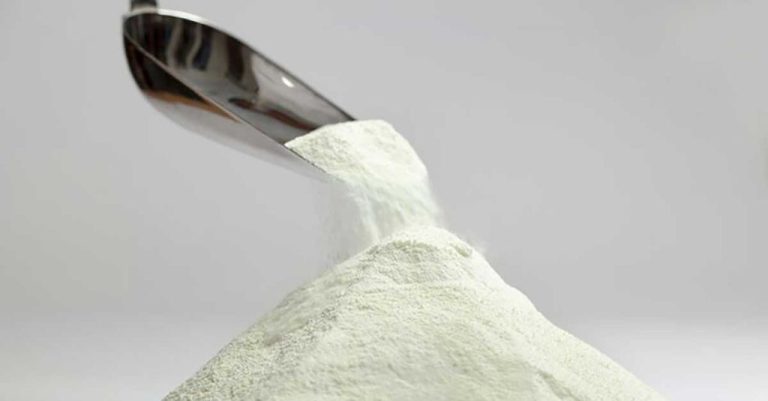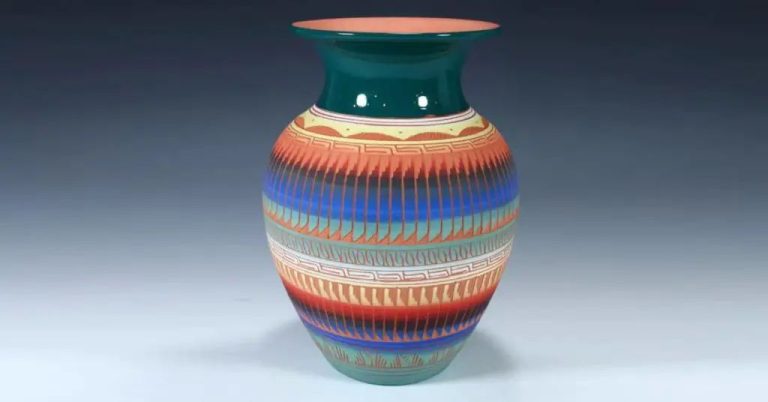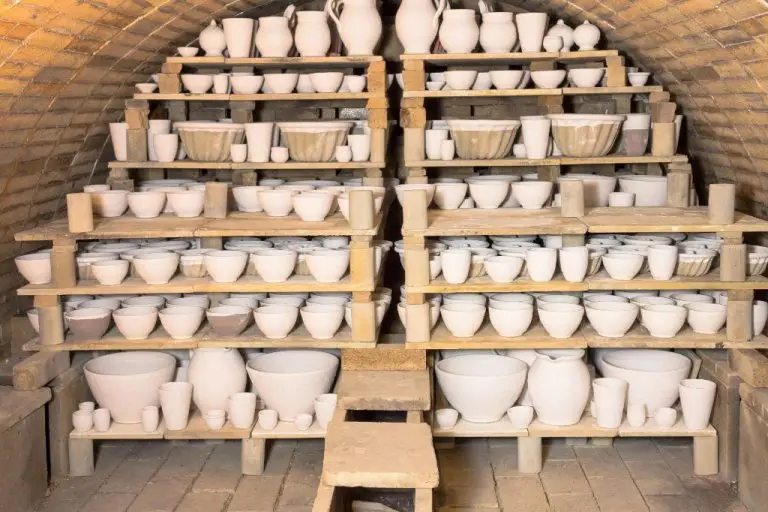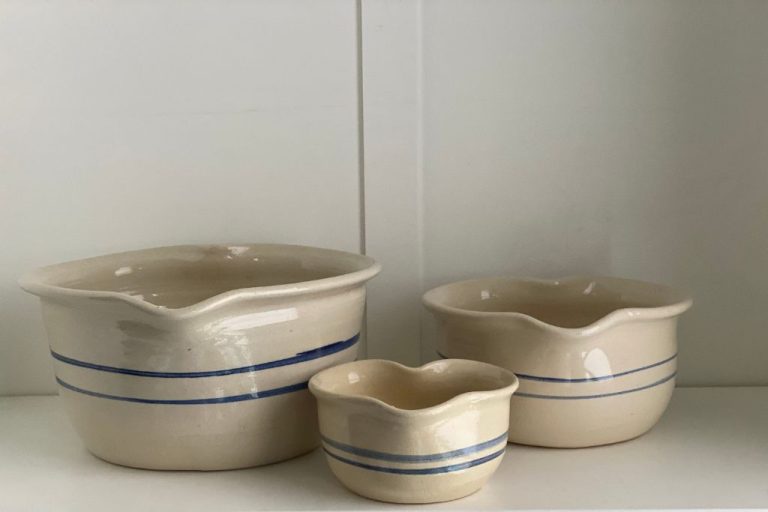What Is The Best Clay For Beginner Sculpting?
Sculpting is a fun and rewarding hobby for beginners to explore their creativity through 3D art. With the right clay and tools, sculpting allows you to bring imaginations to life by shaping clay into anything you desire. It provides an outlet for self-expression and experimentation through a very tactile art medium.
For those just starting out in sculpting, choosing the right clay is one of the most important decisions. The type of clay greatly impacts the sculpting experience and results. Beginner clays are soft and easy to work with, allowing you to hone techniques and develop skills without frustration. They also retain their shape without cracking or crumbling as you handle and manipulate the clay.
This guide covers the main types of clays suitable for beginner sculptors. We’ll explore their key properties, essential tools, basic techniques, and safety tips. With the right clay and approach, sculpting can be an enjoyable and meditative experience for any first-time sculptor.
Types of Clay
There are three main types of clay that are commonly used by beginner sculptors:
Oil-based Clay
Oil-based clays, also known as plasticine clay, are made from a non-drying clay mixed with wax or oil. This type of clay remains soft and workable, allowing you to continually reuse it. Oil-based clays do not require baking or firing to harden. Popular brands of oil-based clay include Chavant and Roma Plastilina.
Polymer Clay
Polymer clay is made from PVC resin and a liquid plasticizer which makes it pliable. It will harden when baked in a standard oven at relatively low temperatures. Polymer clay holds fine detail well and comes in a wide variety of colors. Sculpey and Fimo are two common brands. Polymer clay sculpts can have a porcelain-like finished look.
Water-based Clay
Water-based clays use water as a plasticizer instead of oil or polymer. They are non-toxic and easy to work with, but will harden over time as the water evaporates. Water-based clays like pottery clay require firing in a high temperature kiln or oven to permanently harden. These are good choices for sculptors who want to create ceramic wares.
Oil-based Clay
Oil-based clay, also known as plasticine, is made from a non-drying oil mixed with fillers like chalk or clay. Some of the pros of oil-based clay for beginners include:
– Smooth, soft texture that is easy to sculpt and blend
– Stays workable and doesn’t dry out, allowing more time to work
– Available in a wide range of colors by brands like Van Aken Plastalina and Sculpey
– Relatively affordable, with many basic sets under $10
The main con of oil-based clay is that pieces are temporary and cannot be hardened. Finished sculptures made from plasticine clay will slowly lose their shape over time. Popular brands of oil-based clay include Van Aken Plastalina, Sculpey, and Jovi.
Polymer Clay
Polymer clay is one of the most popular choices for beginner sculptors. It is an oil-based modeling compound that cures when baked in a regular home oven. Polymer clay is lightweight, easy to work with, and available in dozens of bright colors.
Some of the pros of polymer clay include:
- Does not dry out when exposed to air like other clays
- Can be reused even after partially cured
- Holds fine detail well
- Large color selection
- Smooth consistency is great for sculpting
Some of the cons include:
- Relatively expensive compared to other clays
- Not as strong as clays like earthenware or stoneware after firing
- Can be damaged if baked incorrectly
Popular and affordable polymer clay brands include Sculpey and FIMO. A 2-ounce block of polymer clay costs $1-3 on average. Buying multi-packs can help lower the cost per block. Polymer clay is readily available at craft stores and online retailers.
Water-based Clay
Water-based clay is an excellent choice for beginner sculptors. It’s affordable, low-maintenance, and easy to work with. Water-based clay is made from natural ingredients and hardens through air-drying. Some key pros and cons:
Pros
- Inexpensive – costs just a few dollars for a block or bag
- Low-mess – won’t stain surfaces or require oil
- Forgiving – can be re-wet and reused
- Non-toxic – safe for kids and sculpture novices
Cons
- Temporary sculptures – air-dry clay won’t hold fine details forever
- Brittle when dry – finished pieces can crack if dropped
- Limited durability – not suitable for outdoor sculptures or frequent handling
Popular brands of air-dry clay include Crayola Model Magic, ACTIVA Air-Dry Clay, and Makins Clay. A 2-lb block typically costs $5-10. Overall, water-based clays like these offer the best value and accessibility for beginner sculptors.
Key Properties
When choosing the right clay for beginner sculpting, there are a few key properties to consider:
Texture
The texture of the clay refers to its surface feel and look. Beginners often prefer clays with a smooth, silky texture that is easy to manipulate. Very coarse or gritty clays can be more difficult to work with.
Hardness
The hardness level affects how easily the clay can be shaped. Very soft clays are great for sculpting detail but may not hold their form as well. Medium hardness provides a good balance of sculptability and structure.
Plasticity
Plasticity refers to how stretchy and pliable the clay is. Highly plastic clays are flexible and can be shaped without cracking or crumbling. Low plasticity clays tend to be more brittle. Look for clays with good plasticity for sculpting.
Essential Tools
There are a few key tools that every beginner sculptor should have in their arsenal. Having the right tools will make sculpting easier and help you achieve better results.
Modeling tools are essential for sculpting fine details and textures. You’ll want an assortment of different shaped modeling tools like:
- Ball stylus – rounded ends for smoothing
- Comb stylus – serrated edges for textures
- Flat stylus – beveled edge for scraping
- Veining tool – thin doubled ended tool
You’ll also need a sculpting stand or turntable to mount your sculpture on. This allows you to easily rotate your work to access all sides. Look for one with a heavy weighted base that can accommodate the size of your sculptures. It should turn smoothly without wobbling.
Having quality tools designed specifically for sculpting will make the process much easier as a beginner.
Beginner Techniques
When you first start sculpting with clay, it’s best to begin with some fundamental techniques that will build your skills over time. Two beginner techniques to start with are coiling and sculpting figures.
Coiling involves rolling out “snakes” of clay into long coil shapes and then stacking them to build up forms. It teaches fine motor control as you learn to roll uniform coils. Coiling is great for making pots, bowls, vases, and other rounded objects. Start with thicker coils, then make them thinner as you gain precision. Attach each new coil to the last and smooth the joints with your fingers.
Sculpting a basic figure teaches how to craft a human form. Begin with a solid ball of clay for the torso. Pull and pinch to shape the chest, waist, etc. Add limbs as thick cylinders, tapering them at the ends. Use coils for details like fingers. Add a head by molding a bowl shape onto the shoulders. Refine the features and pose the body. Figures help train your eye to sculpt proportions accurately.
Mastering coiling and sculpting figures will give beginners a strong foundation of techniques to advance their clay skills over time.
Safety Tips
When working with any type of clay, it’s important to take proper safety precautions. Here are some tips to keep in mind:
Ensure proper ventilation when sculpting with oil or polymer clays. The fumes released when baking these clays can be harmful if inhaled, so work in a well-ventilated area and avoid breathing in fumes. Open windows, use fans, or consider wearing a protective mask.
Clean up properly after working with clay. Wash your hands thoroughly with soap and water to remove any clay residue. Clean clay tools and work surfaces to avoid cross-contamination between clay types. Oil and polymer clays can stain surfaces, so clean spills right away.
Take care when handling clay tools with sharp edges and points. Work slowly and avoid applying too much force. Follow manufacturer’s instructions for safe use and storage of clay products.
Keep clay out of reach of children and supervise them closely. Some clays contain ingredients like solvents that can be dangerous if ingested.
Recommendation
For beginner sculptors, polymer clay is likely the best type of clay to start with. Polymer clay is easy to work with, requires no special tools or setup, and produces durable finished pieces. Here’s why polymer clay is a great choice for beginners:
- Soft and pliable – Polymer clay remains flexible and workable until baked. This allows beginners to easily shape, blend, and sculpt their creations without the clay drying out.
- No baking required – Polymer clay can air-dry at room temperature so no kiln or special equipment is needed. This makes the process simple and accessible.
- Holds fine detail – The smooth, malleable texture of polymer clay makes it easy to sculpt intricate designs, textures, and details.
- Variety of colors – Polymer clay comes in every color imaginable allowing beginners to be creative with their color choices.
- Reusable – Leftover polymer clay can be stored and reused later. Nothing goes to waste.
- Non-toxic – Polymer clay is safe to handle and work with, emitting no fumes or dust.
With its versatility and ease of use, polymer clay removes the barriers and allows beginners to start sculpting immediately. The ability to produce detailed, colorful pieces is rewarding and builds confidence. For these reasons, polymer clay is highly recommended as the best clay type for introduction to sculpting.




